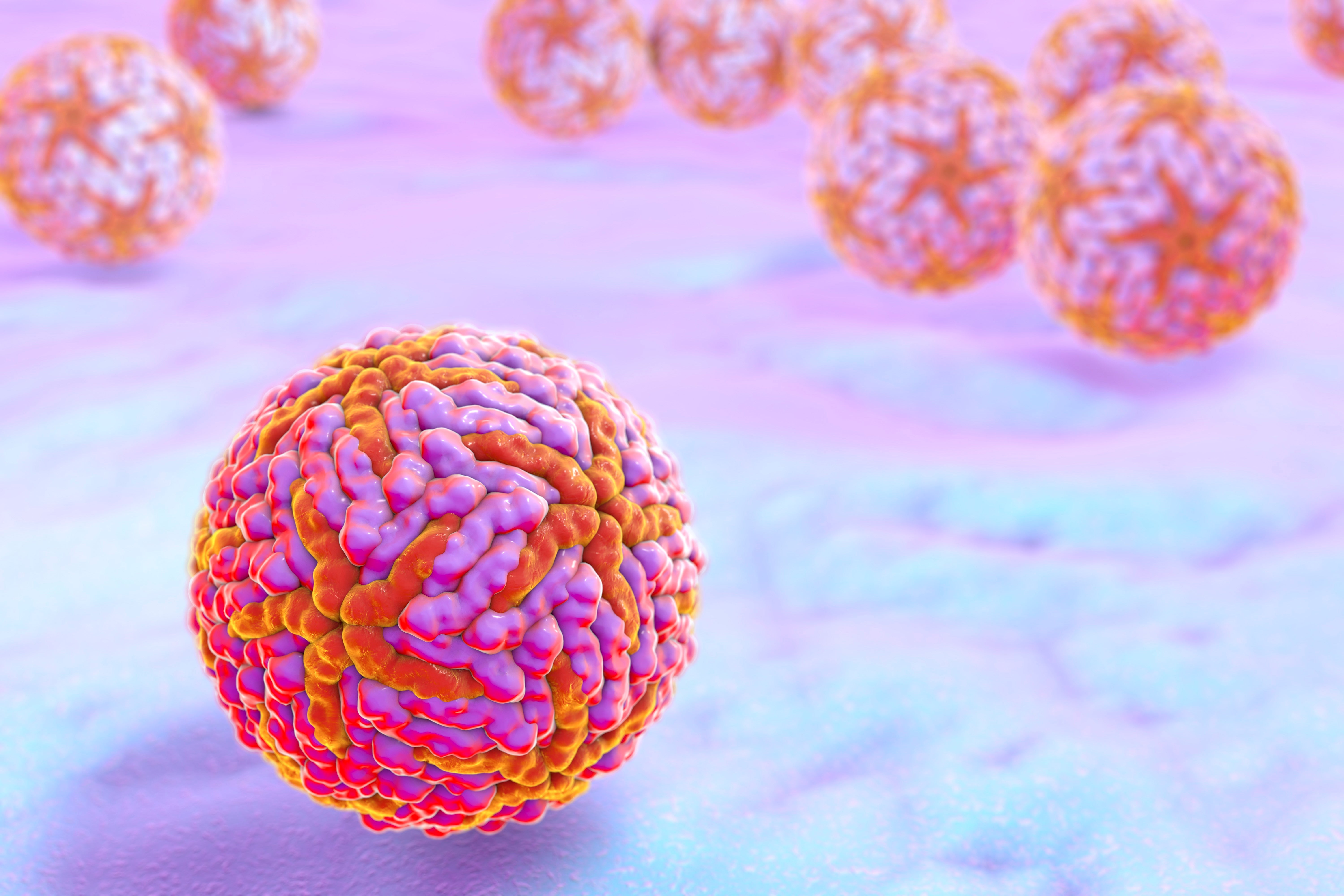
Viruses are finely tuned to their hosts, but mutations can and have produced strains that can jump from animals into humans. Sara Sawyer, a virologist at the BioFrontiers Institute of the University of Colorado, Boulder, spoke to Nature about what a virus must do to make the leap between species, and describes a worrying discovery her laboratory has made regarding a future threat.
How do animal viruses infect humans?
Most animal viruses cannot infect humans—we ingest viruses all the time, and most of them pass straight through. To do us harm a virus has to trick its way inside our cells, so it can use them as a factory for making more of itself. Animal viruses need to pull off several tricks to do this.
First, they need to evade all aspects of our immune system—no small task. Second, they need to replicate in our cells. It’s rare that a virus that’s been evolving under the selective pressures of an animal host would just pop into a human and be able to do all those things.
Can animal viruses typically replicate in human cells?
Almost never. Viruses interact with tens to hundreds of host proteins to replicate themselves. Animal viruses are adapted to use the animal versions of these proteins, not the human versions. However, in the rare instance that an animal virus can replicate even weakly in a human cell, that’s a worry—the minute you have a virus able to replicate, you have a virus that’s able to evolve.
Errors that are made as viruses copy their genomes are fodder for evolution. A replicating animal virus might accumulate mutations that make it better at using that human cell as a replication factory, or better able to evade human defences. And once the animal virus is in a human, natural selection will work in favour of mutations that make the virus successful. Some animal viruses will be 50 mutations away from being able to replicate in humans; another might be just one mutation away.
How can you find out if an animal virus is close to jumping across to humans?
To understand which viruses are a hair’s breadth away from being able to thrive in humans, we have to work out how many obstacles the virus needs to overcome—how many viral-replication steps aren’t working in humans, and how many of our immune blocks are active.
For instance, we might first see whether the virus can engage a receptor on human cells to gain entry. One way we can do that is to take a cell line from the animal host, knock out the receptor the virus uses and replace it with the human version. If the virus can still replicate at normal levels, that means it can use the human receptor just fine. If we only get 50% of the expected replication, that tells us that the human version works for this virus, but it’s not ideal. And if we see no replication, that means that the virus can’t use the receptor yet.
We can repeat that process with every protein we know might be important for every task the virus must perform, substituting them one at a time. That allows us to pinpoint what’s stopping the virus from replicating in human cells, and differentiate viruses that need to overcome only one or two obstacles from those that are a long way off.
Which viruses are close to jumping into humans?
Viruses that infect primates are of particular interest. Primates provide a physiological environment so similar to ours that we see primate viruses jumping into humans time and time again—Zika virus, HIV and dengue virus all came from primates.
We recently studied a family of viruses called simian arteriviruses, about which little is known. These viruses have uncanny similarities to the simian immunodeficiency viruses that gave rise to HIV and the AIDS pandemic. Like HIV, these simian arteriviruses could be highly lethal if they were to jump into humans, and our research suggests that they might be capable of it (C. J. Warren et al. Cell https://doi.org/jgnv; 2022).
What did you uncover about simian arteriviruses’ ability to jump into humans?
Simian arteriviruses are endemic to some species of African primates. In captive-primate facilities, these viruses have led to outbreaks that cause haemorrhagic fever and death. We used simian haemorrhagic fever virus (SHFV) as a representative of this virus family, and first identified CD163 as the receptor it uses to enter cells. We weren’t happy to see that the human version was completely functional for the virus.
Then we asked whether SHFV can use all the other machinery of the human cell to replicate. Not only did we find human cell lines in which it could do that, but also in one case, SHFV produced an astronomical number of copies of itself. Next, we showed that, in at least one cell type, SHFV seems to resist the interferon response, a crucial component of innate immunity. The last item on our checklist is our adaptive immune system, such as antibodies, which is what would hopefully save the day if the worst happened. Unfortunately, like HIV, SHFV is part of a group of viruses against which humans have no existing immunity.
What should we be doing about this?
We need to be watching for arterivirus infections in humans, which have currently never been observed. For instance, we could run blood tests on people in the regions of Africa where primates are endemically infected with arteriviruses to see whether anybody has antibodies to these viruses—if they do, that would suggest a previous infection. Unfortunately, there are no antibody tests for these viruses yet.
This article is part of Nature Outlook: Pandemic Preparedness, an editorially independent supplement produced with the financial support of third parties. About this content.
